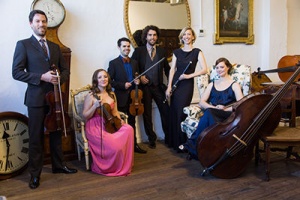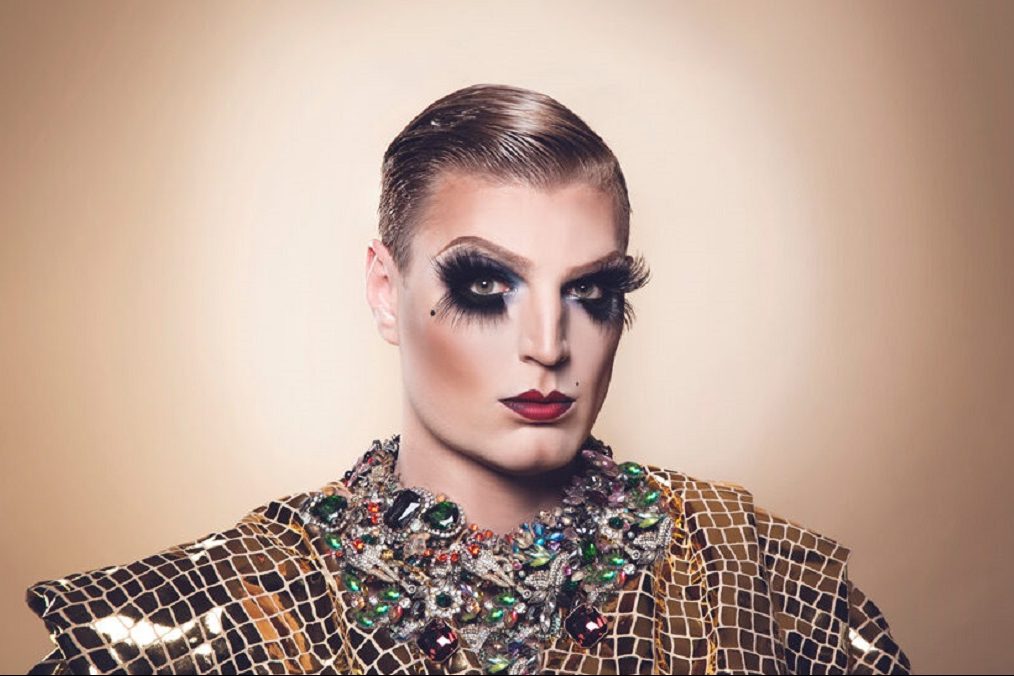JOSEPH Haydn, lauded as the “father of the symphony”, certainly was no slouch when it came to putting pen to paper. He wrote 106 of them, straddling the late baroque and early classical periods, plus a swag of concertos, chamber works, sonatas, operas and oratorios.
His later symphonies, such as the so-called Paris and London series of symphonies, are the most popular, so it was good to experience some of his early works and played so brilliantly by the Australian Haydn Ensemble.
Haydn wrote his symphonies 6, 7 and 8, nicknamed ‘Le matin’, ‘Le midi’ and ‘Le soir’ in 1761 just when he was appointed Vice-Kapellmeister at the court of Prince Paul II Anton Esterházy de Galántha. Together they are known as ‘Tageszeiten’ or ‘Time of Day’. The works bear out their nicknames, too, with number 6 starting ever so softly and building to a sunrise, number 7 taking us through perhaps a boozy lunch and snooze but then preparing us for the evening’s festivities and number 8 bringing on a storm.
Despite the ‘youthfulness’ of these early compositions it’s easy to see how much Haydn influenced the likes of Mozart and Beethoven (friend and pupil respectively). There are frequent moments when a stretch of orchestration or a construction of harmony and rhythm are reminiscent of the writing of Haydn’s two contemporaries.
The Ensemble, led by guest violinist, Canadian, Marc Destrubé, quite simply was superb. The playing was drum-skin tight but with enough room to manoeuver through the wide range of expression, tempi and rhythm, all given a delightfully fresh interpretation. The many moments of solo, duo or trio work were given exactly the right balance of support from the remainder of the ensemble, but when it was time for tutti, all 22 or so players were as one.
Deserving of special mention were Darryl Poulson and Doree Dixon playing natural horns (ie valveless) doing some quite extraordinary lip and tongue gymnastics to produce magnificent tone and excellent pitch. On the baroque flutes were Melissa Farrow and Mikaela Oberg with Amy Power and Julia Bauer playing baroque oboes, all producing a warmth of sound few modern instruments can emulate. Simon Rickard, too, playing a baroque bassoon, added just the right depth of tone, especially in the unusual trio with Jacqueline Dosser on double bass and Shelley Sorenson playing viola in the Menuetto e Trio movement of ‘Le matin’.
Also on the program was a later work, the Harpsichord Concerto in D-major, the last of Haydn’s keyboard concertos, written in the early 1780s, featuring soloist Erin Helyard.
Helyard’s technique was oh-so fluid with perfectly formulated runs and trills and with a clarity of tone, even in the Vivace and Rondo movements, delivering a dexterity that most keyboardists could only dream of. He was even able to coax an amazing lyricism out of the harpsichord, a plucked instrument with little scope for expression and not known for its romanticism, in the Adagio movement.
If classical concert-goers only went to this concert in 2015, they would be well-satisfied with playing of consummate virtuosity from the Australian Haydn Ensemble.
Who can be trusted?
In a world of spin and confusion, there’s never been a more important time to support independent journalism in Canberra.
If you trust our work online and want to enforce the power of independent voices, I invite you to make a small contribution.
Every dollar of support is invested back into our journalism to help keep citynews.com.au strong and free.
Thank you,
Ian Meikle, editor





Leave a Reply